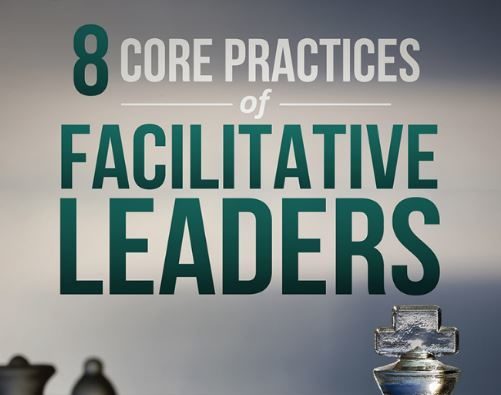Imagine: The meeting has been going great. The participants are engaged, significant progress is being made, and the sponsor is well pleased. You are in facilitator’s heaven! Suddenly, a major disagreement erupts. While some are vehement about one position, several people take an opposing stand; and still others believe the entire discussion is a…
Speaker Topics
How to Engage Conflict and Why Encourage Disagreement
Imagine: The meeting has been going great. The participants are engaged, and significant progress is being made. Suddenly, a major disagreement erupts. While some are vehement about one position, several people take an opposing stand; and still others believe the entire discussion is a waste of time. Voices get louder, people stop listening, others…
Buying Styles: Selling the Way Your Customer Buys
What were the buying styles of the last three customers who didn’t buy from you? What could you have done to better adjust to their buying style? If you said, “I don’t know” to either of these two questions, this workshop is for you. Customers have a style of communication when they buy –…
Strategies for Managing Client Relationships
The skill that often separates the top professionals in a client-focused organization from the average ones is their ability to effectively manage – not just maintain – client relationships. Top professionals are adept at probing to identify the real need, setting and managing expectations, adapting to the communication style of clients, and gaining buy-in…
The 5 Cs of Trust
As a leader of a team or a department, what do you do when a member of your staff accuses you of not trusting him or her? And what if the staff member is correct? What if you really don’t trust the staff member? Or what if a client, a supplier, or a peer…
The 3 Levels of Leadership
What’s the difference between a manager and a leader? Some people use the terms interchangeably, as if they essentially mean the same thing. Others have a sense that there is a difference, but have trouble articulating what the difference is. Likewise, some people believe leaders are born, or that you have to be promoted…
The 8 Core Practices of Facilitative Leaders
Many leaders in the past have viewed their role as setting direction, allocating resources, and driving personnel to achieve the direction. Yet a major shift has been occurring in the workplace. Leaders are recognizing the need to inspire employees rather than command and control them. Employees are seeking to participate in decision-making and not…
From Technical Expert to Trusted Advisor
How do you transform a team of technical experts into trusted advisors? People with strong technical abilities all too often lack the softer people skills to be viewed as true partners and advisors to their clients. How many times have you seen technicians speak techno-babble leaving their audience even more confused? How many times…

